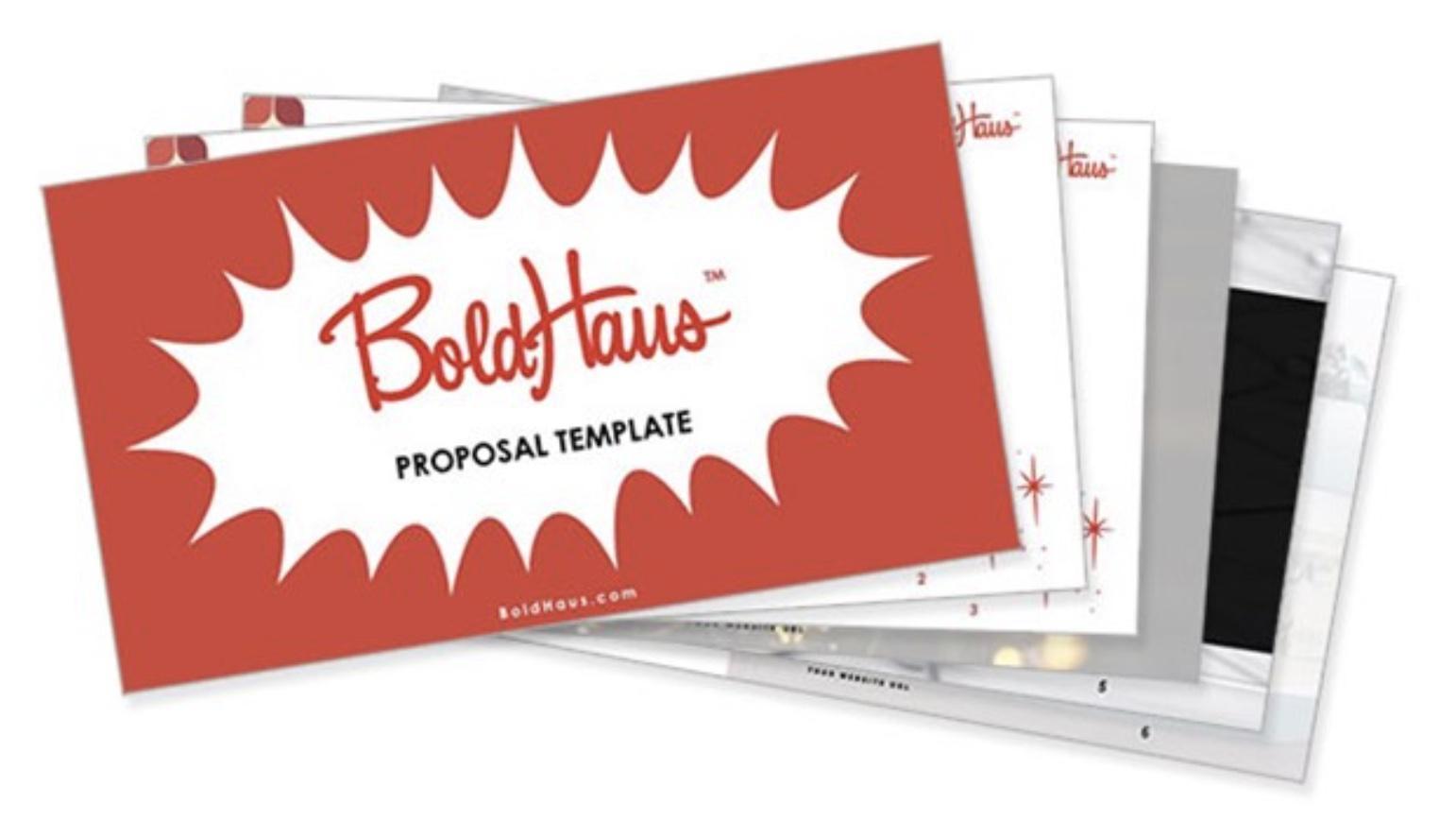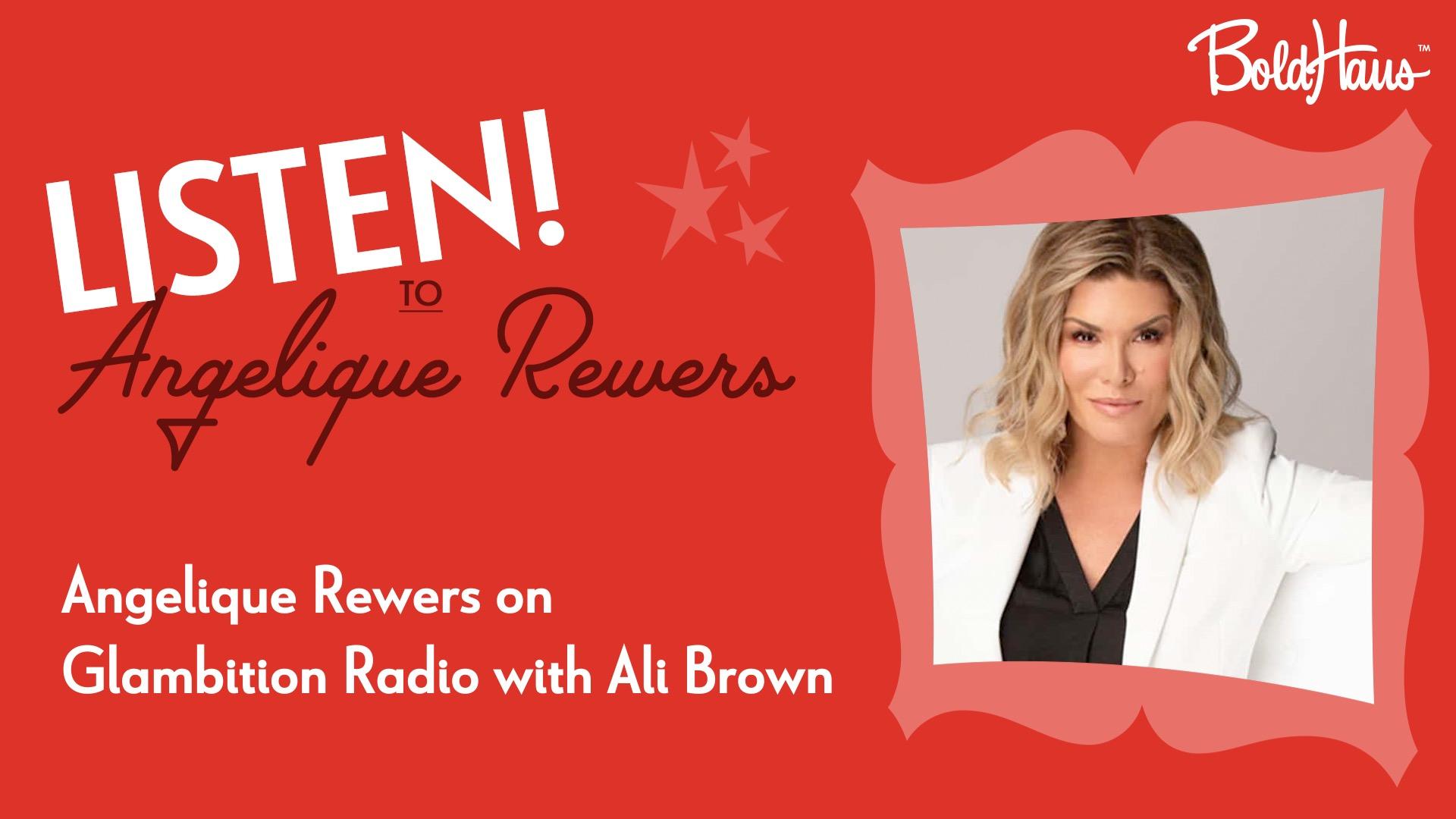Are you struggling to get consulting clients? Writing consulting proposals can be a critical aspect of winning potential new business opportunities you’ve worked hard to bring to the table. However, it can also be a time-consuming and frustrating process, especially if you’re making common mistakes.
Here we share five of the biggest — yet easiest to correct — mistakes we see consultants make when writing consulting proposals. Fix these issues and it can help you increase your close rate with your right-fit prospects.
(By the way, these tips also apply to executive coaching and leadership development proposals, as well as proposals for all other professional services.)
1. Avoid using personal pronouns.
The first mistake is using personal pronouns like “I” and “me” when writing proposals. Instead, use your consulting company’s name, as well as “we” and “our” throughout the consulting proposal.
Using your brand name along with “we” establishes from the get-go that the business relationship is between your company and your client’s company — not between the decision-maker and you, personally.
That’s important because as your consulting business, coaching business, or other expert-based business grows, you’ll want to bring others (i.e. bench members) into your client engagements. If you set a precedent that the client is hiring you, specifically, then you’re setting up a trap for yourself later when they are certain to have resistance to working with your bench. They’ll see them as second-best, and not who they hired.
In addition, speaking in terms of the “royal we,” will elevate their perception of you as the owner and CEO of a boutique firm, as opposed to a one-person band. This helps instill more confidence in the decision makers reviewing your proposal. It will also help you to see yourself as a “real” business owner, not someone who is self employed.
2. Use a readable font.
Another (shockingly!) common mistake is using a font that is difficult to read. Put simply, job No. 1 of your consulting proposal is that it be easy on the eyes.
Back when I was in college minoring in radio and television, the instructors would tell us, “Just because you can use an editing technique, doesn’t mean you should!” Same goes here.
Avoid using swirly, twirly, gumdrop-like fonts and instead stick with fonts that graphic designers frequently use because they are easy to read.
Also, avoid using your brand colors for the main text of a proposal as it can be tough on a decision maker’s eyes. (You wouldn’t believe how many proposals I’ve reviewed in teal, green, or purple font. In short: please don’t.)
Instead, save your brand colors exclusively for titles and subtitles, and stick to black or 80 percent gray for the bulk of the content.
And, if at some point you plan to email over a copy of the proposal to your prospect (only after you’ve presented it to them of course!), be sure to send it as a PDF. Otherwise, there’s a high likelihood that fonts and margins will shift when they open it on their end, turning your once-perfect consulting proposal into a sloppy mess on their end.
3. Make it skimmable.
Your consulting proposal should be easy to skim. If it’s not, the chances of the decision maker putting off reviewing it is sky high. Next thing you know, you’re wondering how to follow up with them because they’ve gone radio silent.
You already know that decision-makers are crazy busy people, so help them out by making sure your proposal is easy to read. Break the text up into sections and provide clear headings so that the decision-maker can quickly find what they’re looking for.
Use bullet points, images, links to videos, infographics, and charts. Frankly, we recommend avoiding any full-length paragraphs in your entire proposal.
To help with this, we advise our BoldHaus Collective members that they never provide a proposal in Microsoft Word. Instead, we recommend using PowerPoint, Keynote, or Google Slides. This keeps each slide centered on one main idea and makes it easy to place in images, graphics, and charts.
It also makes it easier to present your consulting proposal to your clients before sending it to them. (A must-do step!)
Our FREE proposal template is a great example of what your consulting proposal should look like, and what should be included.

4. Avoid jargon and gobbledygook.
It’s easy to fall into the trap of assuming your client will know what you’re talking about when you use “insider speak.” They work in the industry, after all!
But when creating a must-win proposal for a client, don’t bet your success on everyone in the decision-maker process being familiar with jargon or industry acronyms and abbreviations.
That has always been a good rule to follow, but it’s even more critical now.
Because of The Great Resignation and its ripple effects, hundreds of millions of professionals have changed roles around the world in just the last few years. Many are taking over new positions or stepping into whole new industry sectors. So, play it safe and just assume everyone is new.
Not only that, but using abbreviations and technical terms can actually make it more mentally taxing for your prospect to read through your proposal. Every time someone’s brain comes upon an abbreviation, they have to “translate” it in their head if it’s not one they use regularly.
Perhaps even more importantly — and as tempting as it may be — please do NOT abbreviate your consulting firm’s name! You are not PWC, IBM, or EY. Your clients do not think of you as an acronym.
In fact, they likely barely know your company name as it is — and are instead thinking about YOU in terms of your personal name (i.e. Jane Smith) versus let’s say Smith & Associates. At this stage of the relationship, it’s essential to reinforce your firm’s brand again and again and again. That means spelling it out each time you use it.
5. Make it perfect.
How you do anything is how you do everything. Sending over an error-filled proposal that contains incompleteness, inaccuracies, inconsistencies, and/or typos tells your potential consulting client that all the work documents you send to them will be error-filled, too.
That’s why it’s crucial to impress decision-makers out of the gate with an error-free and polished document that showcases your expertise and professionalism.
Here are some tips to help get your consulting proposal perfect:
- Stick with a simple, reusable template that is already set up for perfection.
- Write less. Use bullet points, charts, graphics, etc. The less you write the less you have to proofread.
- Be consistent with capitalization. E.g. Don’t use all initial caps in one bullet point but then only capitalize the first word of the next bullet point.
- Be consistent with punctuation. Are you putting the period at the end of every bullet point, or not?
- Look out for commonly mistyped words not always picked up by spellcheck, etc. such as your vs. you’re and there vs. their.
- Look out for the spelling of people’s names, as well as company names. E.g. Northrop Grumman was a client of the first consulting company I launched. The number of other vendors who misspelled Northrop as Northrup was unforgivable.
- Don’t proofread on your computer. Print out the proposal on paper because your eyes will see mistakes they didn’t see before simply because the format changed. If you hate paper, then switch to a different screen, such as moving from a laptop to an iPad.
- And of course, don’t wait until the last minute to write the consulting proposal. Give yourself at least 24 hours to come back to your proposal to proofread. You’ll see things the next day your brain couldn’t see before.
Wrapping It Up
In conclusion, by avoiding these five simple mistakes, you will be well on your way to creating a winning consulting proposal that helps you close even more of your right-fit clients and sets you up for continued success. Book a ’Haus Call here, to learn more.








